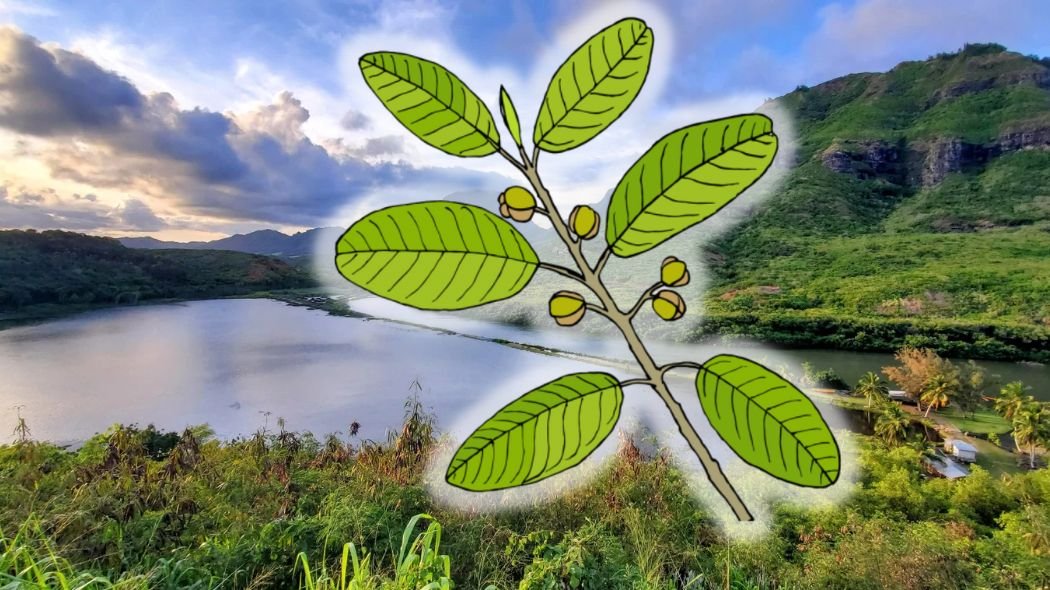Kauai Island Lei Material: Mokihana Berry
Mokihana, also known as Pelea Anisata or Melicope Anisata, has been the official lei material of Kaua’i since 1988. The tree is native to Kaua’i, a Hawaiian island, and belongs to the genus Pelea (Melicope), named after the Hawaiian goddess of the volcano. Mokihana is a citrus tree that grows 6 to 25 feet tall in moist to wet forests from 1,200 to 4,000 feet elevation. Hawaiians use the leathery anise-scented fruit of mokihana to make leis, strung within a few hours of picking. Hawaiian women and men wear the mokihana leis, and traditionally natives used the anise-scented twigs and berries as perfume (Source: Hawaii.gov)
Genus Melicope
Melicope anisata, or Mokihana, is one species of Melicope found in Hawaii. It is the official lei material of the Island of Kauai.
The genus Melicope is an evergreen shrub or tree with around 240 species. It has evolved in many places, from the Hawaiian islands to other parts of the Pacific, Asia, Australia, and New Zealand.
The leaves of these plants arrange in pairs, sometimes in whorls, and are either trifoliate or simple. They produce flowers in panicles, which can be bisexual, male-only, or female-only. Each flower contains four sepals, four petals, and four or eight stamens.
When the flower matures, it transforms into a fruit made up of up to four follicles with one or two seeds each, which is the final stage of the plant’s lifecycle before it drops its seeds and starts the process again.
The Melicope was first described formally by Johann Reinhold and Georg Forster in 1775, and they gave it the name after Greek words meaning “honey” and “a division.”
Scientists and biologists discovered various genera and species, which were later nested into the Melicope genus.
The Melicope’s ecology is fascinating, as it is a food plant for many animals, such as Ulysses butterfly caterpillars and Thyrocopa moth larvae often live in Melicope ecosystems. Some species, like wharangi, are unsafe for humans due to their nectar-yielding toxic honey.
Regarding conservation, a few Hawaiian species are endangered due to habitat loss and competition from non-native plants. Sadly, some have already gone extinct (Source: Wikipedia)

